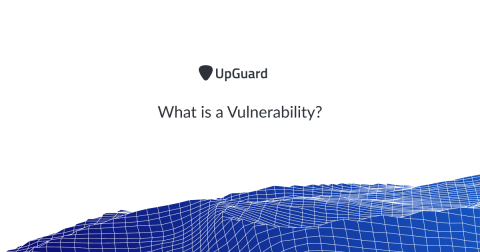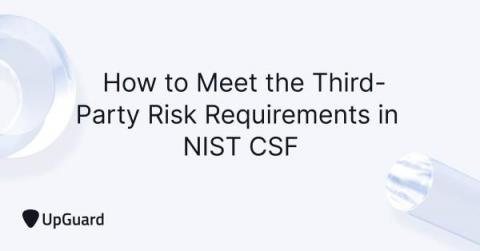Top 10 Best Practices to Prevent Ransomware Attacks in 2022
As the world of technology grows, so should the cybersecurity practices that protect them. Having a ransomware defense strategy should be a priority for any individual or company. Without it, poorly protected users and organizations can put themselves at risk of losing important and confidential information. A report from Cybersecurity Ventures estimates that there was one ransomware attack every 11 seconds in 2021, resulting in almost $20 billion in damages.

















